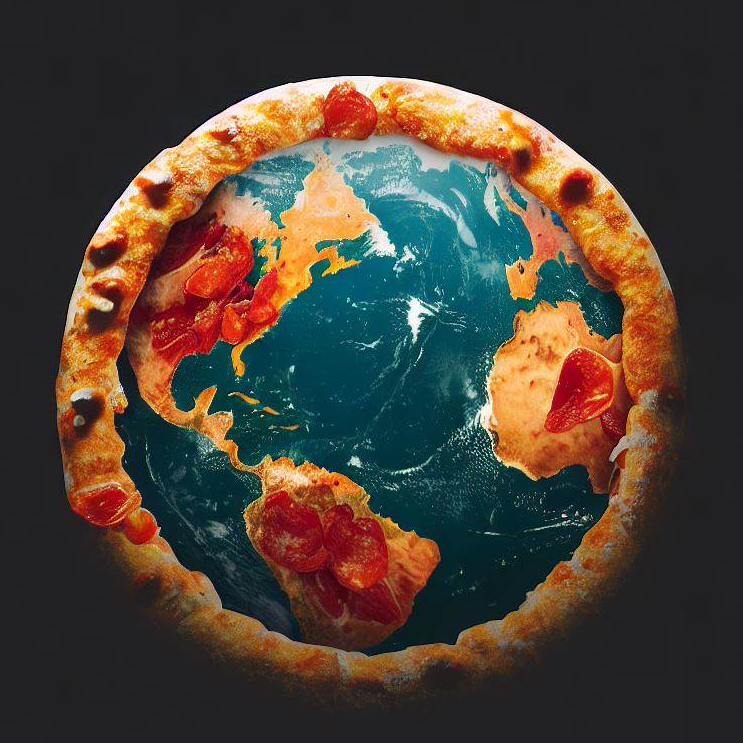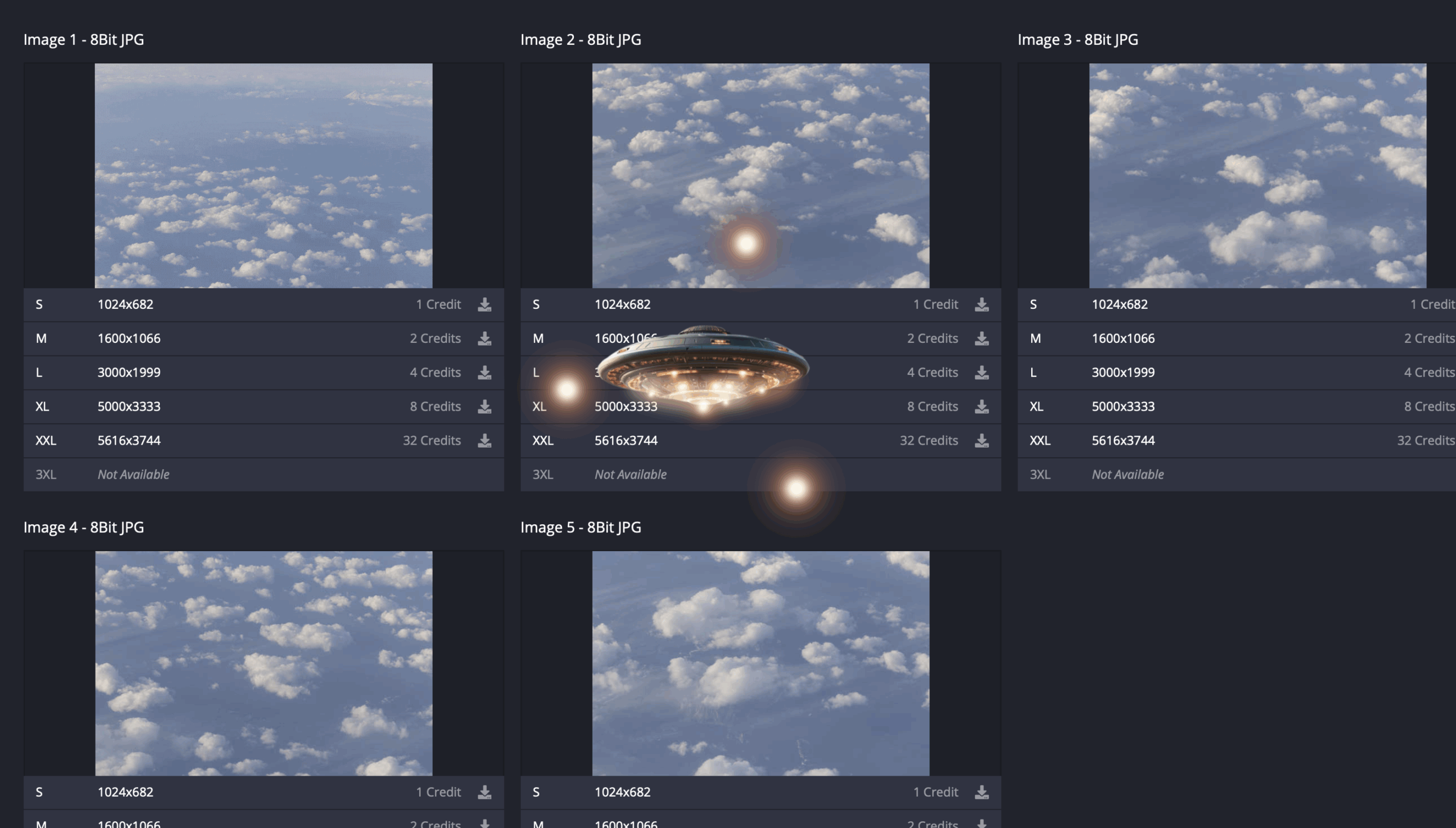Why the Ashton MH370 Cloud Plane Footage Cannot Be Real: A Parallax-Based Analysis
The Ashton MH370 cloud plane footage, which purports to show Malaysia Airlines Flight MH370 being intercepted by unidentified objects, has sparked significant debate. Proponents, including Ashton Forbes, argue that its stereoscopic 3D nature suggests authenticity, as it appears to show two perspectives of the same scene. However, a critical examination of the footage, particularly through the lens of parallax, reveals fundamental inconsistencies that strongly suggest it is not real. Specifically, the lack of expected parallax between the plane and the background clouds, when viewed from a moving platform such as a drone, undermines the footage’s credibility. This piece explores the parallax effect, applies it to the scenario depicted in the footage, and explains why the absence of this effect indicates the footage is likely fabricated.
Understanding Parallax in Motion
Parallax is the apparent shift in the position of an object relative to a background when viewed from different perspectives. This phenomenon is a monocular depth cue that becomes particularly pronounced when the observer is moving, known as motion parallax. As described by the Hanover College Psychology Department, objects closer to a moving observer appear to shift faster across the field of view than objects farther away. For example, when looking out a car window, nearby trees seem to rush by, while a distant farmhouse moves slowly, despite both being stationary relative to the ground.

In the context of the MH370 footage, the observer is a moving platform—likely a drone, as suggested by posts on X, given the altitude and perspective. The plane is relatively close to the drone (within its field of view), while the clouds form a distant background, potentially kilometers below at typical cruising altitudes (e.g., 30,000–40,000 feet for a commercial airliner). As the drone moves, parallax dictates that the plane should appear to shift significantly against the cloud background, which remains nearly static due to its greater distance.
Expected Parallax in the MH370 Footage
The MH370 footage depicts a plane flying over a cloud layer, with the camera (presumably on a drone) capturing the scene from a vantage point at a similar or slightly higher altitude. According to posts on X, the lack of parallax between the plane and the clouds is a critical issue. One user notes, “How can it be [Gorgon Stare] when there is no parallax between the plane and background clouds… A drone would create parallax as its altitude would be similar to the plane.” Another suggests that the only scenario without parallax would involve a geostationary satellite with extreme zoom, which is implausible given the resolution and perspective.
To quantify this, consider the geometry:
- Plane Altitude: A Boeing 777 cruises at approximately 10–12 km (33,000–40,000 feet).
- Cloud Altitude: Typical cumulus or stratus clouds are found at 2–6 km above sea level, meaning the plane is 4–10 km above the clouds.
- Drone Altitude: For a drone to capture the plane clearly within its field of view (FOV), it must be at a comparable altitude, say 10–15 km, and within a few kilometers horizontally (e.g., 1–5 km away) to maintain visibility.
- Drone Motion: Drones like military UAVs (e.g., MQ-9 Reaper) can travel at speeds of 100–300 km/h, creating significant lateral motion over seconds.
Analyzing the Footage
In the MH370 footage, the plane and clouds appear to maintain a fixed relative position, with no discernible parallax as the platform moves. This is inconsistent with a drone-based perspective. If the drone were tracking the plane (moving at ~900 km/h), its motion relative to the stationary clouds below would produce a noticeable shift. The clouds should appear nearly static, while the plane’s position against them changes rapidly due to its proximity to the drone. The absence of this effect suggests the plane and clouds are part of a single, static composite image or a digitally manipulated scene, not a real 3D environment captured by a moving platform.
A 1994 NASA study on motion video analysis using planar parallax supports this expectation. It describes how a moving camera can use a reference plane (e.g., the cloud layer) to detect parallax motion of non-planar objects (e.g., the plane). The study notes that such analysis simplifies 3D motion detection, as closer objects exhibit greater parallax relative to a distant reference. The MH370 footage’s lack of such parallax contradicts the expected behavior in a real video sequence.
Alternative Explanations and Counterargument
Ashton Forbes argues that the footage’s stereoscopic nature—showing two slightly different perspectives—proves its authenticity, as static cloud images couldn’t produce this effect. However, stereoscopic footage can be fabricated using 3D rendering software or by manipulating a single video to simulate dual perspectives. VFX artists on Reddit have demonstrated that the clouds in the footage match stock imagery, suggesting the background was sourced from a static image or video, with the plane and other elements digitally added. The overexposed cloud details, noted as unrecoverable without the original source, further support this claim.
Additional Red Flag
Beyond parallax, other issues undermine the footage’s authenticity:
- Cloud Source: Reddit discussions confirm the clouds match stock footage, with some users identifying the exact source in minutes, suggesting the background was not captured in real-time.
- Lack of Metadata: No verifiable EXIF data or pre-2014 evidence places the footage online before the MH370 disappearance, raising suspicions of spoofed timestamps.
- VFX Feasibility: VFX experts note the footage’s anomalies, such as the plane’s unnatural motion and the orbs’ behavior, are consistent with digital compositing rather than real-world physics.
Conclusion
The MH370 cloud plane footage cannot be real due to the absence of expected parallax between the plane and the background clouds when viewed from a moving platform like a drone. Parallax principles dictate that the closer plane should shift significantly against the distant clouds as the drone moves, yet the footage shows no such effect. This, combined with evidence of stock cloud imagery, lack of verifiable metadata, and VFX inconsistencies, strongly suggests the footage is a fabrication. While the stereoscopic claim attempts to bolster authenticity, modern VFX techniques can easily simulate such effects, and the parallax failure remains a critical flaw. The MH370 mystery deserves rigorous scrutiny, but this footage, lacking the fundamental visual cues of a real 3D scene, does not withstand analysis.

